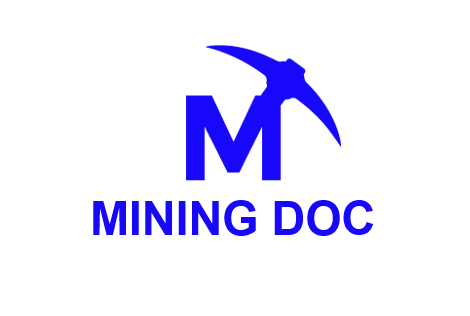Discover the advancements in ore sorting technology with our in-depth resources. Learn how innovative sorting techniques optimize mining efficiency and maximize mineral recovery
What is sensor-based ore sorting?
Sensor-based ore sorting is a mineral pre-concentration technology in which particles of material are separated based on some physical or chemical property as measured or inferred by a sensor.
It is used to upgrade process feed by identifying and rejecting waste material early in the mining process which results in pre-concentration of valuable materials into a lower gross volume.
Ore sorting exploits the variability of the orebody, which in many cases is overlooked for higher volumes of feed material.
Types of ore sorting sensors
Several variables are considered when choosing an appropriate sensor for a sorting system. These include, but are not limited to, the ore mineralogy, the ore heterogeneity, the feed method, the throughput rate, and the required accuracy.
This is because different sensors have different depths of penetration, applicable size distributions, abilities to identify versus quantify ore properties and accuracies based on the target material and their specific operating parameters.
Sensing technologies that have been applied in various sensor-based ore sorting processes include:
- X-ray transmission (XRT) – classifies ores according to their atomic density
- X-ray fluorescence (XRF) – measures elemental abundance based on fluorescence under x-rays
- Prompt Gamma Neutron Activation Analysis (PGNAA) and Pulsed Fast Thermal Neutron Activation (PFTNA) – measures elemental abundance based on gamma ray signatures from scattering events.
- Colour camera – classifies industrial minerals, base- and precious-metal ores or gemstones by colour, reflection, brightness, and transparency
- Laser – measures reflection, adsorption, and fluorescence of the laser light on crystal structures
- Near-Infrared and Infrared (NIR/IR) – classifies and quantifies ore mineralogy according to their associated reflection, absorption, and transmission spectrum profile
- Hyperspectral – classifies ores according to spectral signature across a range of visible, near infrared and short, mid, and long wave infrared bands
- Magnetic Resonance (MR) – a form of radiofrequency (RF) spectroscopy that is used for quantitative measurement of target ore minerals
- Laser-induced breakdown spectroscopy (LIBS) – detects elemental composition through the analysis of spectral signatures generated from high intensity laser pulses
- Electromagnetic (EM) – classifies metals and ores in accordance with their conductivity and permeability.
The system and algorithms that convert the data into information used to make sorting decisions is just as critical as the sensor. Speed, accuracy, resolution, volume limitations, and detection limits of such systems are key considerations that will impact sensor selection.
Benefits of sensor-based ore sorting
Primary benefits obtained from ore sorting vary based on individual mine characteristics, but generally result in more metal production at a lower cost and lower environmental footprint.
Benefits may include:
- Unlocked plant capacity – through earlier rejection of waste material prior to processing
- Increased plant head grade – by replacing rejected waste or low grade with higher grade material in the processing plant
- Reduced cost per metal unit produced – through the increase in metal produced due to higher grade feed and the reduction in costs associated with processing waste or lower grade material
- Reduced tailings volume – rejecting waste from ore at an early stage allows the mass of fine final tailings to be reduced and the associated storage space
- Reduced carbon emissions, water and energy consumption – rejecting waste before the processing plant and upgrading the plant feed means less tonnes of ore treated in the processing plant per ton of product. This results in reduced water usage, energy consumption and subsequent carbon emissions per metal unit produced
- Increased mineable reserves – rejecting waste from run of mine ore enables mining with a lower cut-off grade and a corresponding increase in mine life
- Reclaimed ore from dumps and low grade stockpiles – bulk ore sorting (or particle sorting) may enable the recovery of valuable components from waste dumps, low-grade stockpiles and marginal reserves that would otherwise be uneconomic to treat
- Reduced dilution and ore loss – if applied at the mining face bulk ore sorting can reduce dilution and ore loss
- Optimised capital spend – in brownfields operations capital for plant upgrades can be delayed or eliminated. For greenfield operations, plant size can be reduced, or the production rate increased.


